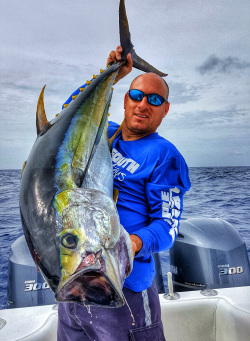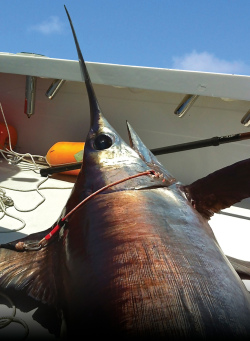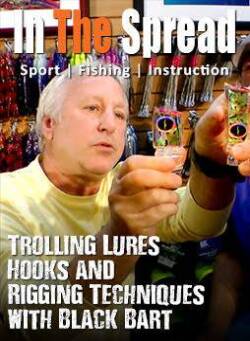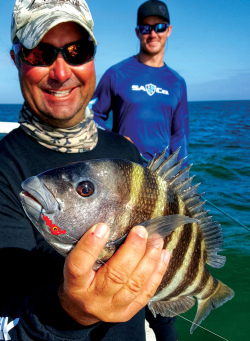A rotation-style dolphin fishing technique involves catching every fish that appears. It involves using steady food, such as menhaden oil, chum, and chunks, to keep pelagic food vacuums happy. The process involves drawing a fish away from the school, sending out hooked bait, and sending out loan chunks.
Dolphin Fishing - Angling Techniques
(00:15:41)
Watch Full Video
View Short Trailer
Instructor:
RJ Boyle
Description
/
Review
/
Instructor
Points of Summary
- The rotation system of angling
- Hooking the first dolphin and keeping it in the water is crucial
- Positioning, chumming, and chunking are key elements
Login
to leave a review.
User Reviews
There are no reviews yet.We Recommend
0




